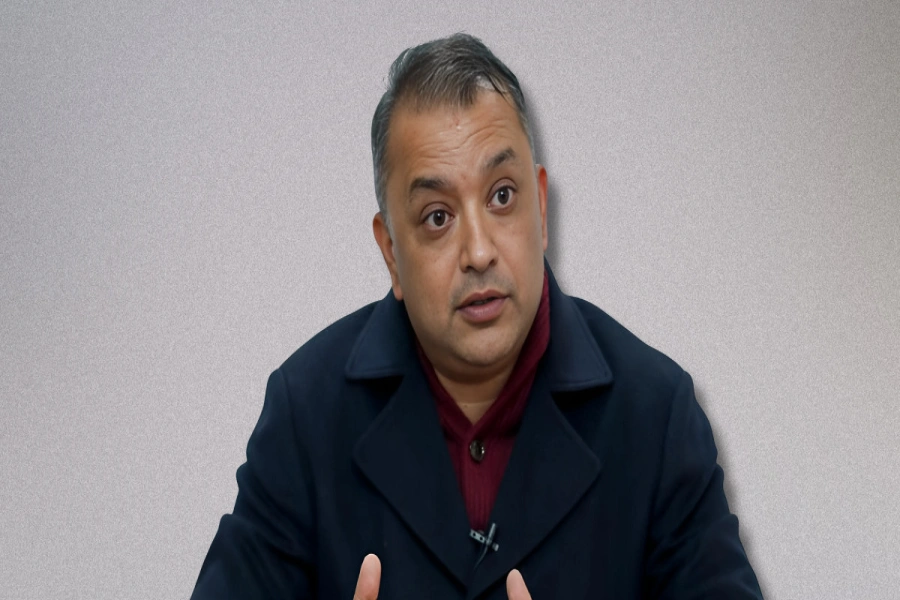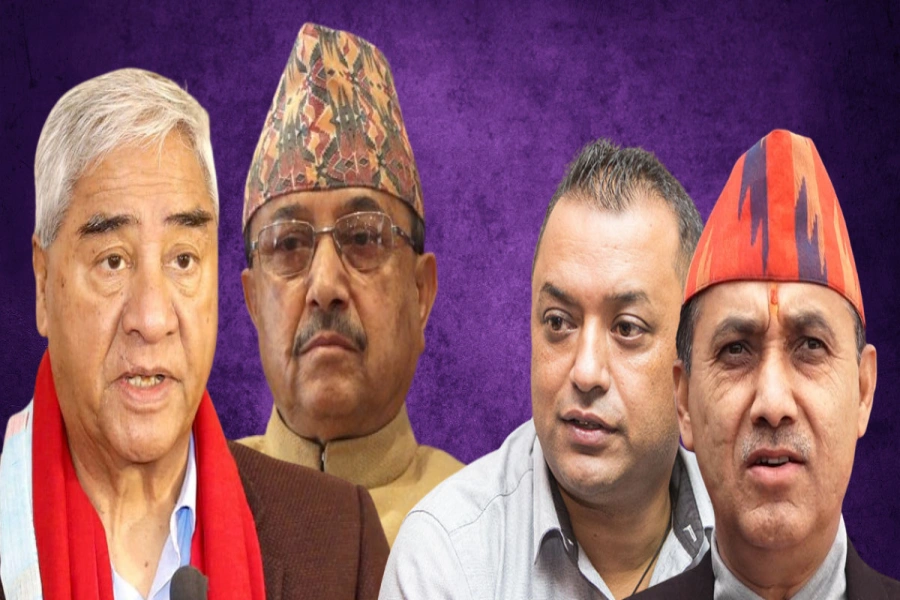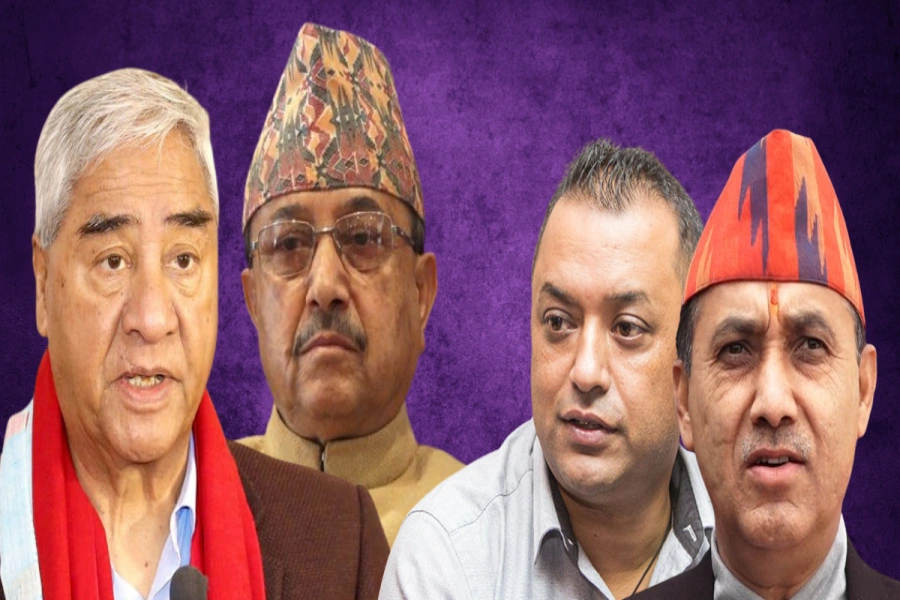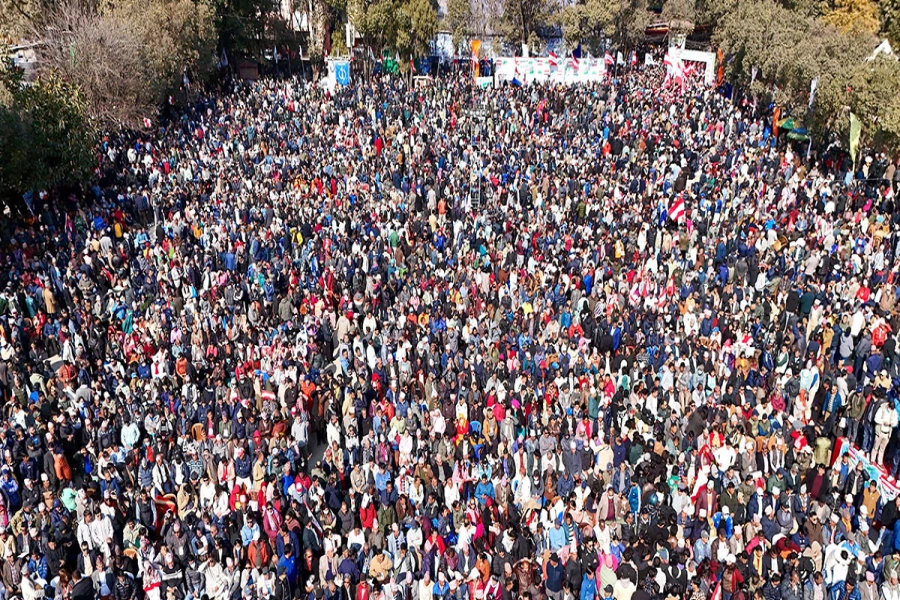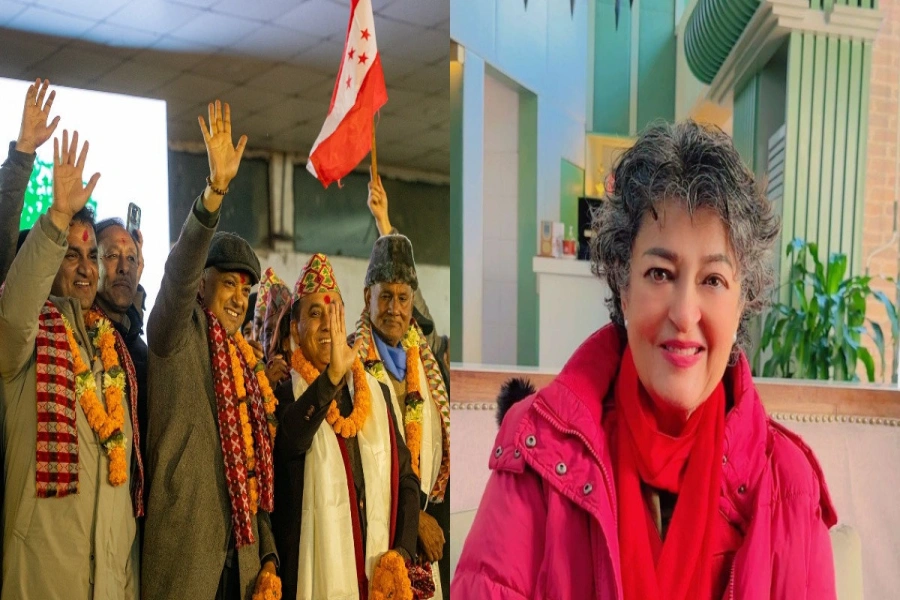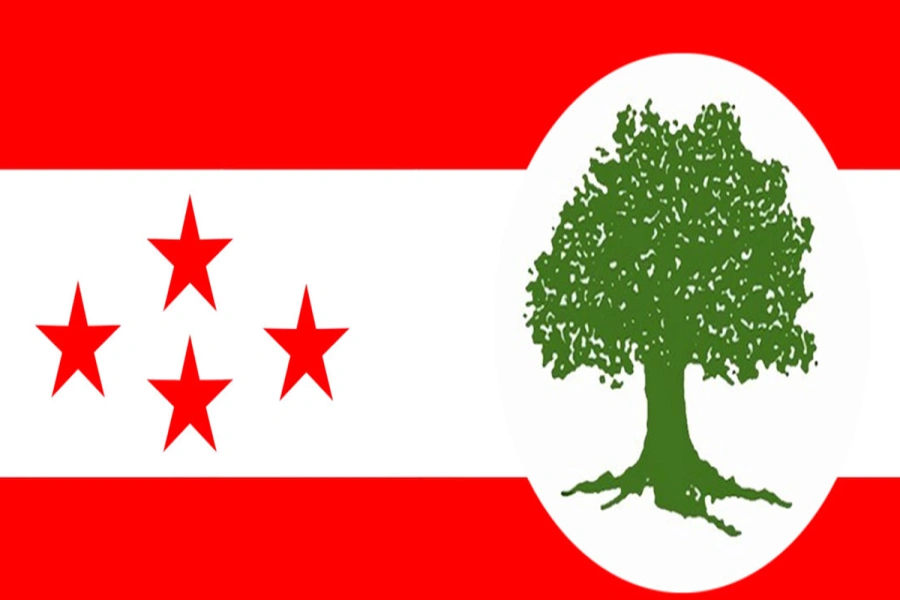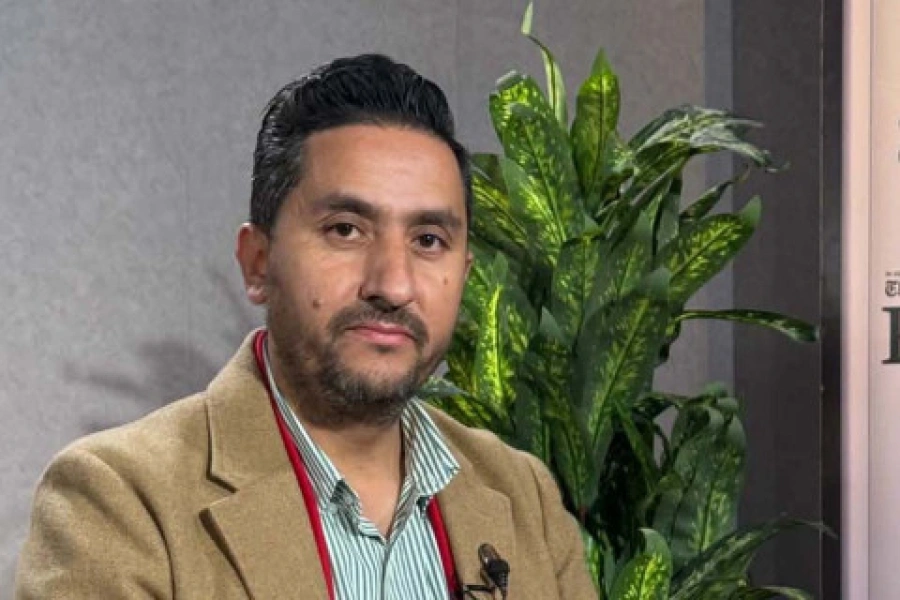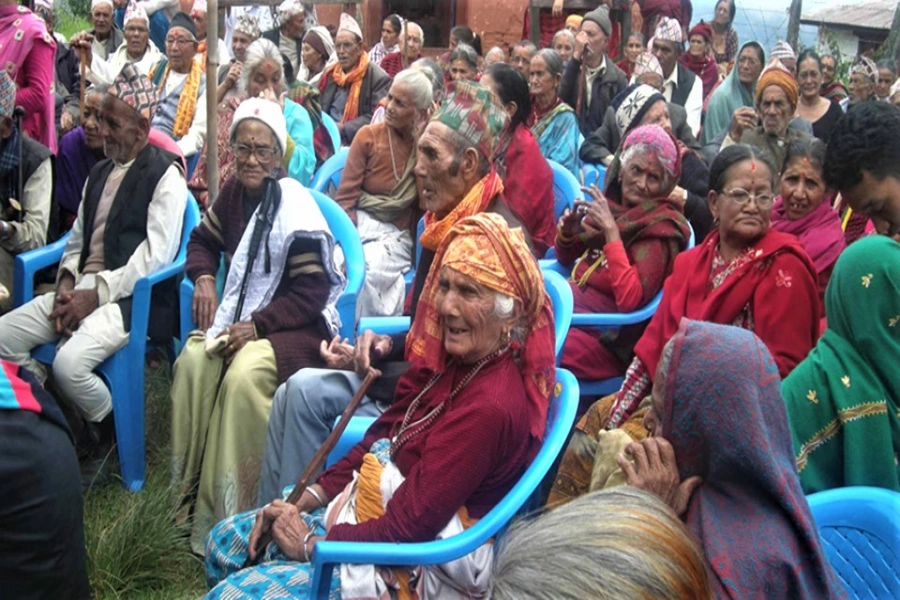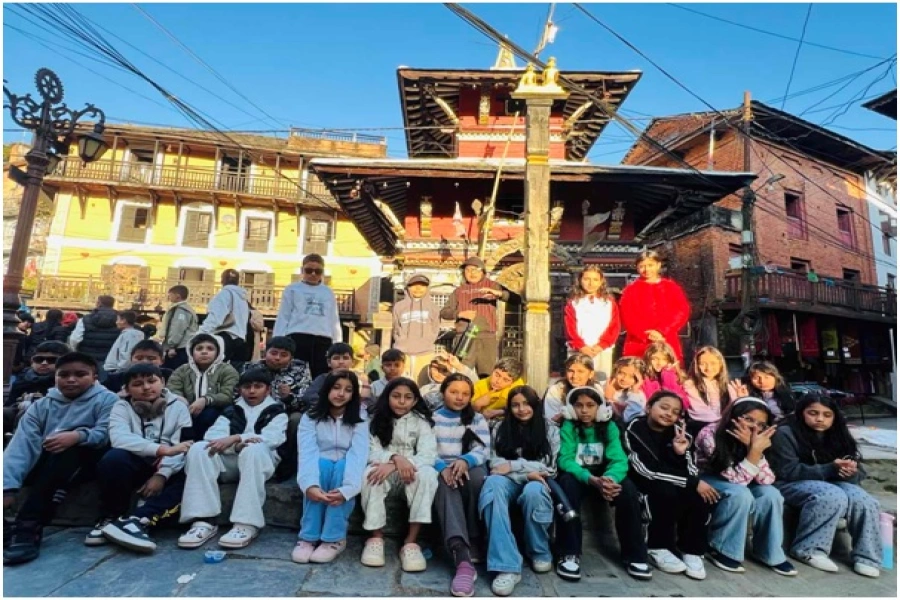At present, Nepal’s total population stands at 31.07 million and, of them, women account for 52.1%. Despite their major contributions to various realms, including taking care of the household, the issue of their unequal status has always been a subject of academic discussion. Nevertheless, with the advent of democracy in 1990, Nepal adopted multiple measures to ensure gender equality in society. In this connection, the country not only happily signed and ratified several international agreements and protocols, including the CEDAW, but also amended laws that were detrimental to women’s equal status,and also enacted new laws to ensure justice to women.
International Treaties:
Nepal is party to a number of international core human rights treaties including the Convention on the Elimination of All Forms of Discrimination Against Women (CEDAW). Besides, it has ratified the Universal Declaration of Human Rights, International Covenant on Civil and Political Rights, United Nations Declaration on the Rights of Indigenous Peoples and the International Covenant on Economic, Social and Cultural Rights, Convention on the Elimination of All Forms of Racial Discrimination, the Convention on the Rights of the Child, the Convention on the Rights of Persons with Disabilities, and so on.
Equal pay for equal labor to implemented: Minister Bista

Constitutional Initiatives:
In the meantime, in view of its international commitments and domestic aspirations, the interim constitution 2007, and also the new 2015 constitution, made some arrangements in the direction of women’s equality. The 2015 constitution, in its preamble, stipulated that all forms of discrimination, including inequality based on gender, have been eradicated. This provision is strengthened further by the article 18 of the constitution pertaining to Right to Equality. The other mandatory constitutional provisions, which are affirmative provisions in favor of females, include: nation’s President and Vice-President to be appointed from different sex or community. Such provisions were stipulated also in the case of the Speaker and the Deputy Speaker of House of Representatives; National Assembly; and State Speaker and the Deputy State Speaker. Likewise, subclause 4 of the article 215 of the constitution, asks for at least four members of Village Executive Committee to be women. The article 216 and its sub clause 4, too stipulates that there should be at least five members of the Municipal Executives from women category.
Heartening Trends:
Subsequent to these progressive constitutional provisions, Nepal enacted a number of laws including the Civil Service Act, Safe Motherhood and Reproductive Health Rights Act, 2018; Sexual Harassment at Workplace (Prevention) Act, 2015, Domestic Violence (Offence and Punishment) Act, 2009, National Penal Code, 2017; Local Level Election Act, 2017 that ensures of female participation either as mayor or deputy mayor from each political party. All these have helped to make notable progress in addressing the issue of inequalities against women and girls in the domain of politics, economy, administration, judiciary and so on. At the political front, Nepal held two federal, provincial and local level elections in 2017 and in 2022 subsequent to the promulgation of the 2015 constitution. The close scrutiny of the results reveals that women in the House of Representatives constituted 33.8% in 2022 while their representation in 2015 was just 29.55%. Their representation in the HoR has increased by 4.35%. In 2022, women managed better also in provincial assemblies as they secured 36.4 per cent by winning 200 out of 550 seats as compared to 34.36 percent by obtaining 189 out of 550 seats in 2017 elections. However, it is disheartening to note that, in 2017,a total of 700 women had won elections either as deputy mayor or vice-chair, but in 2022, their number reduced to 568 to these posts- a decrease by 132 seats. In spite of this, women occupying 7 more mayoral positions and 8 more ward chairs in 2022 than in 2017 elections, is a promising scenario.
In other sectors too, there have been encouraging pictures of women empowerment. The available information suggests that more than 74 percent of women work in the agriculture sector and they significantly contribute to crop production. Women’s share in non-agricultural home-based employment has also risen from 8 per cent in 2008 to 21 per cent in 2017/18. The newly enacted legislation in 2018-19, which prohibits discrimination at worksites, has also lifted restrictions on women's ability to work at night and mandated equal remuneration for work of equal value relating to employment and equal pay. It has introduced 15 days of paid paternity leave for women in addition to the old age pension system that now allows both men and women to retire with full pension benefits at the age of 60.Since 1990, the participation rate of women in the labor force aged 15 and older has steadily increased. It was 26.23% in 2017-18 and has risen to 28.7% in 2023.Legal reforms have positively impacted vulnerable employment for females, with the rate improving from 95.5% in 1991 to 91.2% in 2022. Unlike previous arrangements, the laws now ensure that daughters have equal property rights with their brothers. It has been safeguarded by National Civil Code, 2017. Meanwhile, it is also found out that the proportion of women’s ownership to the property has gone up from 9 percent in 2001 to 24 percent in 2021.Amid these developments,the percentage of economically active female population, over the age of ten,has surged meaningfully from 29.2 to 60.4%, between 1971 and 2021.
In the domain of Civil Service too, women's representation has considerably increased from 8% in 2003 to 26.5 per cent in 2020. Though the judicial domain does not match with the Civil Service category,women occupying the positions of judges is not disheartening as there are 44 women judges out of the total 402 judges, which accounts for 11% in all three layers of the Nepalese judicial system. At the moment, there are three female justices in the Supreme Court, 23 in High Courts and 18 judges in District Courts. This marks a heartening phenomenon in the judiciary domain as compared to 2015 when the representation of women judges was less than 3%. On the security sector as well, which basically include Nepal Police, Armed Police Force and Nepal Army, an increase of women’s participation has been recorded.Since 2012, the number of women in state security forces has steadily gone up, but still remains relatively low, specifically in the higher-ranking positions. Women made up just over 8 per cent (5,467) of the Nepal Police (NP) and close to 4.5 per cent (4,094) of the Nepal Army (NA) in 2017, and around 5 per cent (1,837) of the Armed Police Force (APF) in 2014. In the meantime, the directives of the UN Police Division, under the banner of the Global Effort to recruit more female officers into national police services and also into UN security and peace operations around the world, have encouraged women’s participation in security forces. The UN division,of late, has urged all member nations to increase the number of females in their military contingent by 15% and 25% respectively for military observers and staff officers, by 2028.
In conclusion, Nepal, where women's potential has been stifled by patriarchal values for centuries, is now on a transformative journey. These are defining moments for gender equity and leadership, with women even reaching positions like President, Chief Justice of the Supreme Court, and Speaker of the Parliament. However, the country still faces significant legal, political, socio-cultural, and economic challenges. As Nepal prepares to graduate to middle-income status, while also grappling with Climate Change exacerbating existing gender inequalities, it is crucial to address these challenges urgently. This is essential for achieving the Sustainable Development Goals (SDGs), particularly SDG 5, and transforming Nepal into a holistic and inclusive society.






